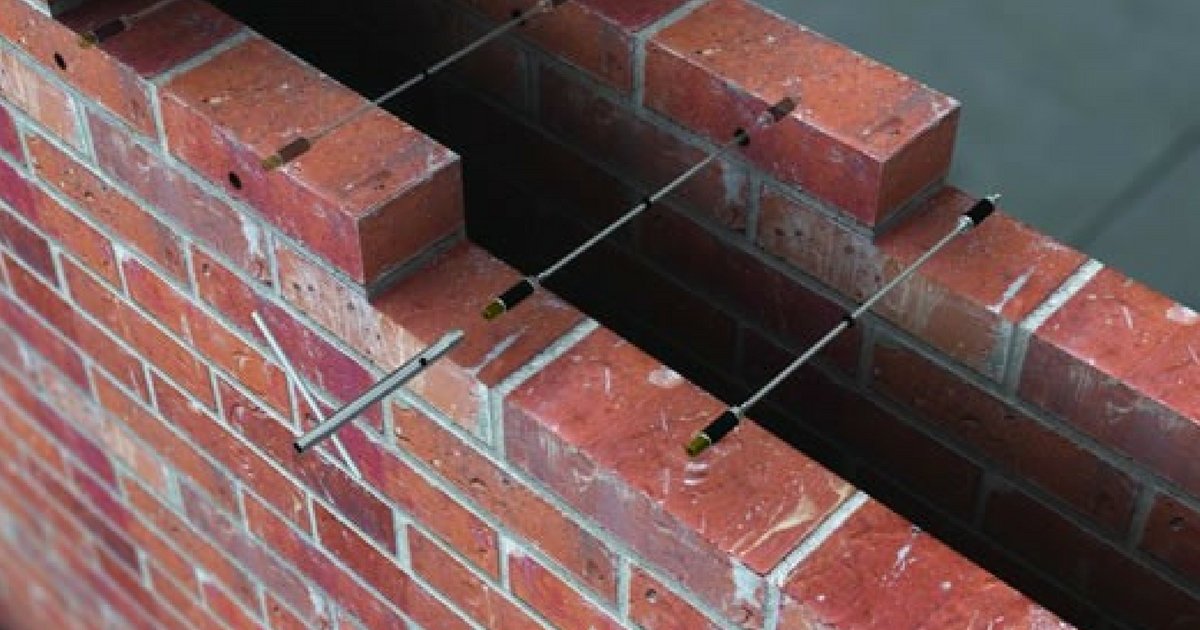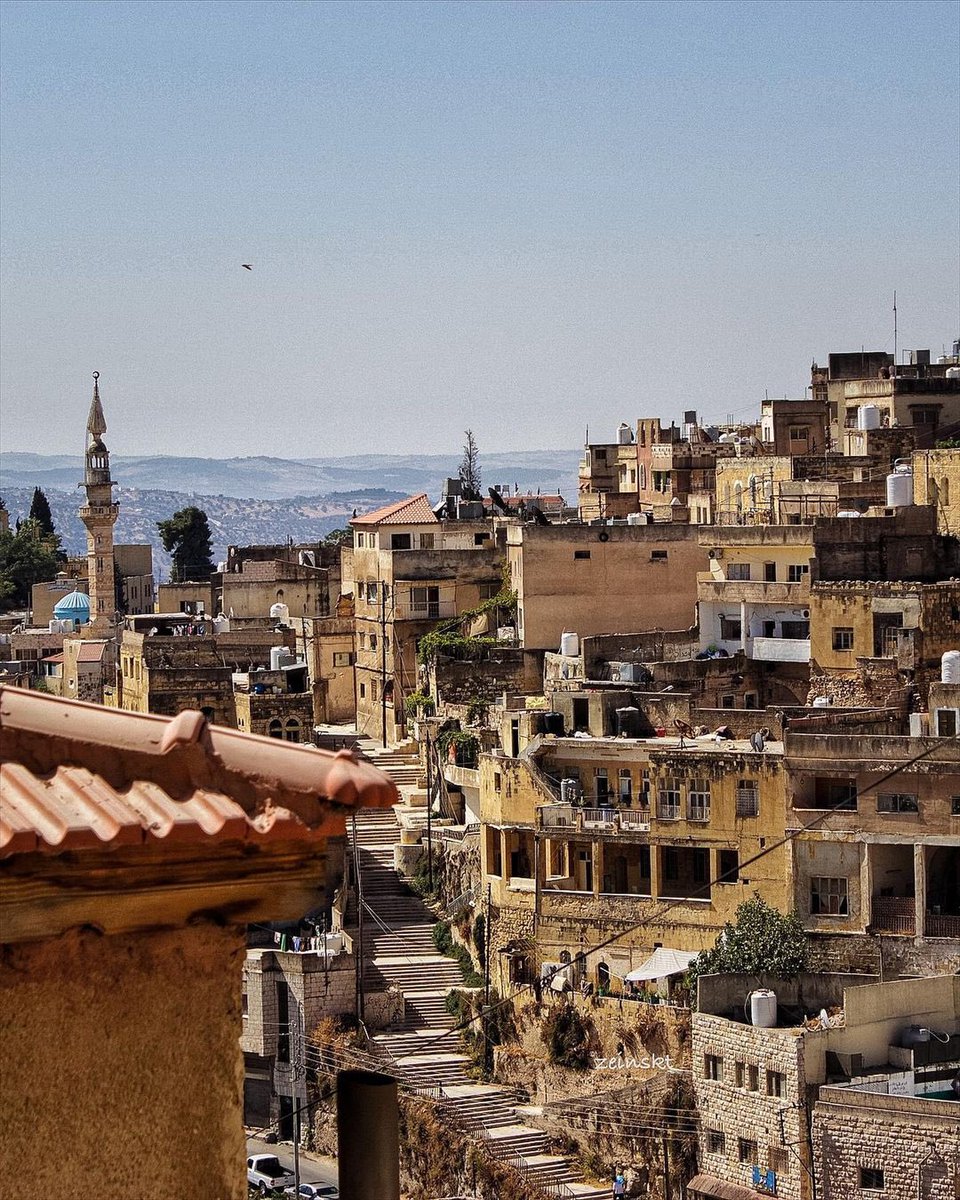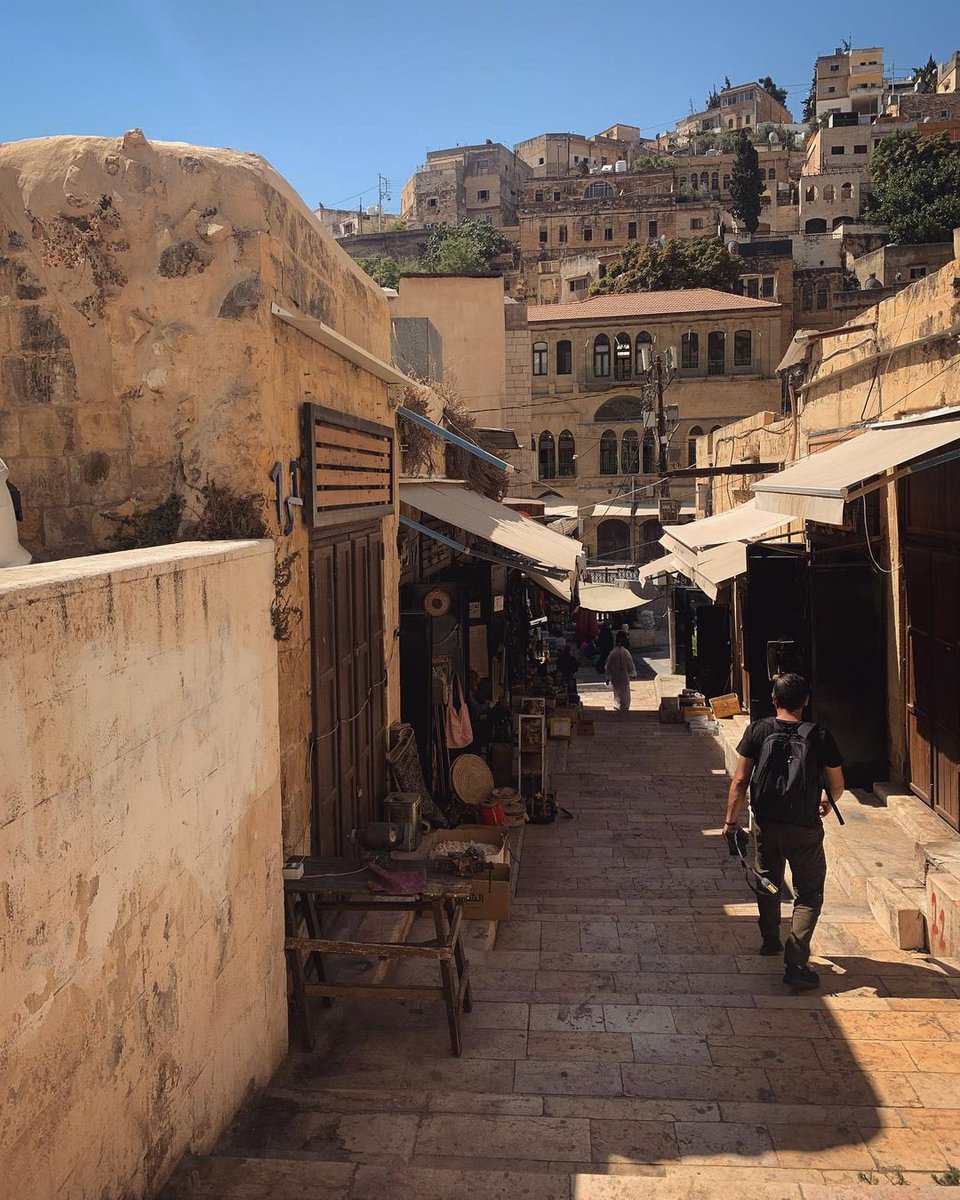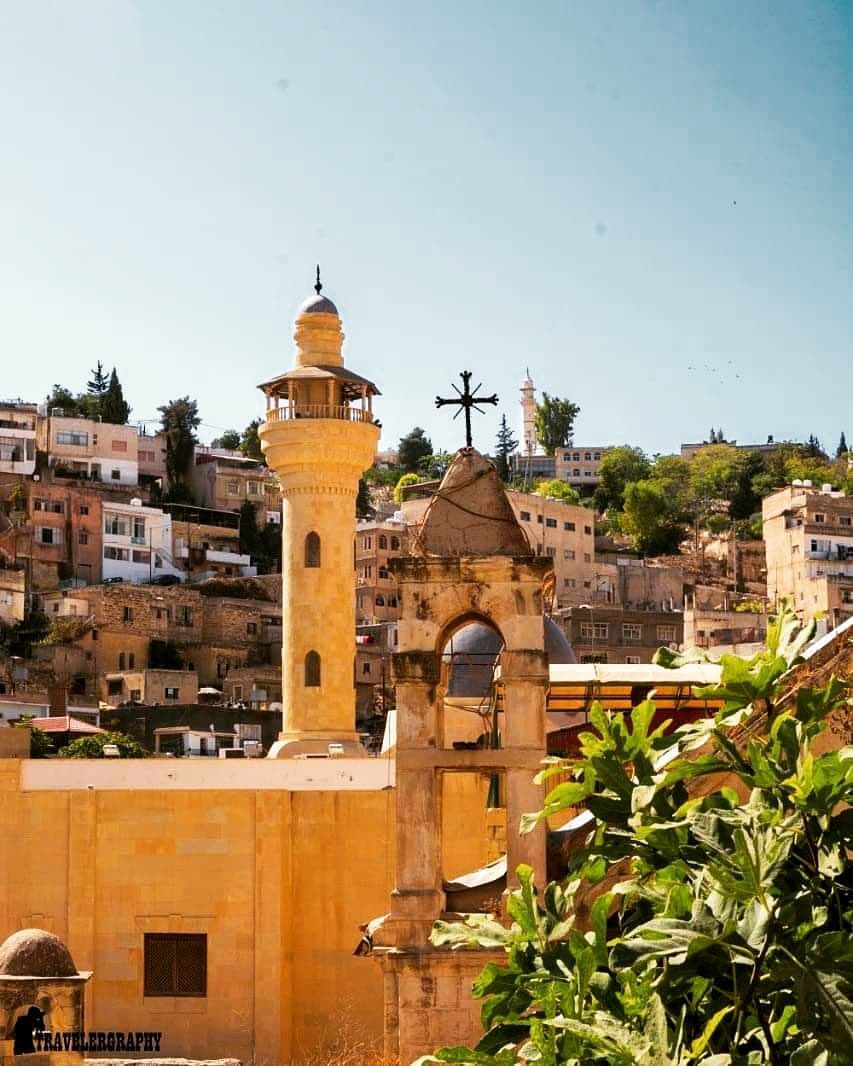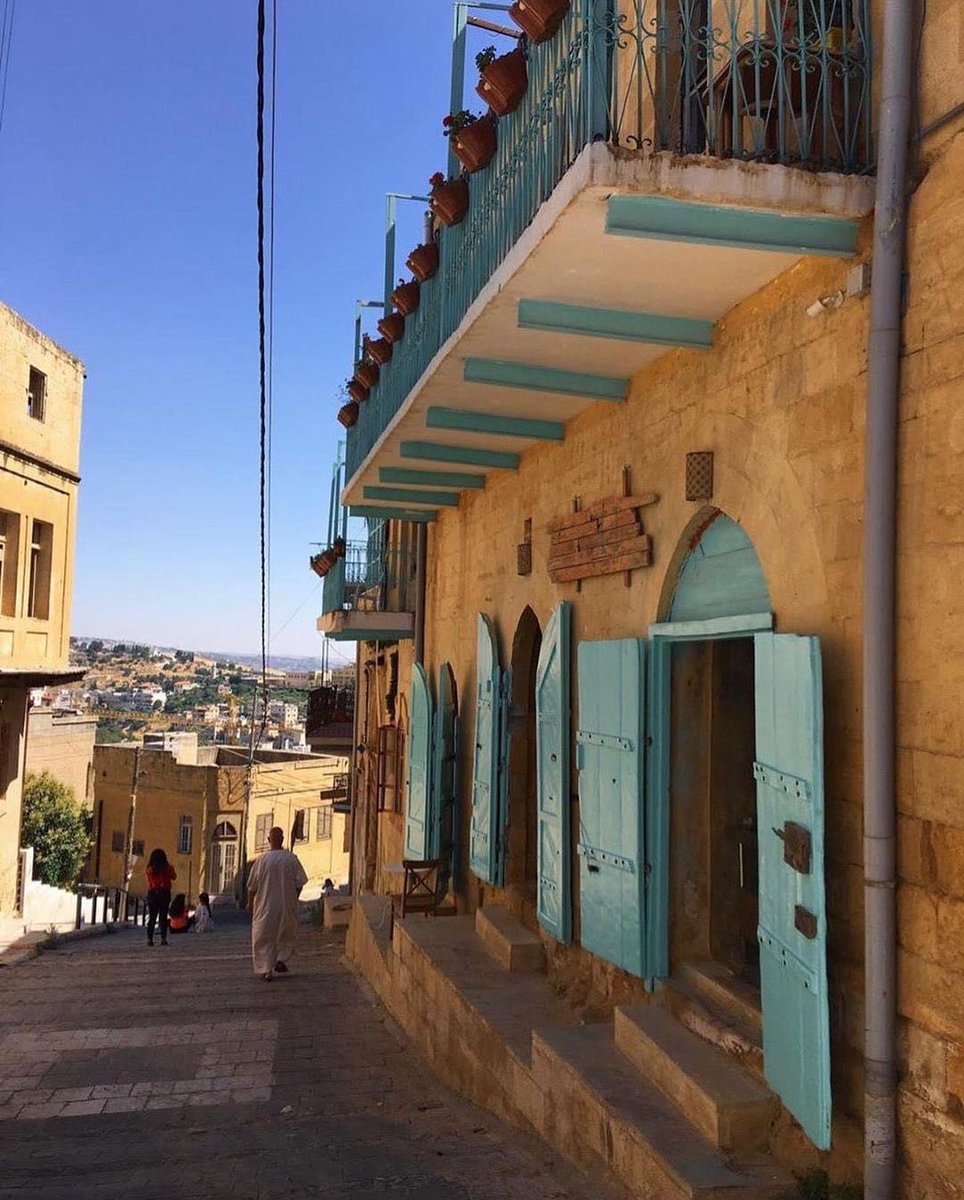
The (by now) legendary S:t Eriks neighborhood in Stockholm. Built 1995-1998 on 0.06km² with 770 apartments, parks, public places, giving it a population density far higher than modern Manhattan. The whole area was uniformly built in the hugely popular 1920s "Swedish Grace" style. 







The area used to be the site of a large hospital, and some buildings were kept, some moved, like the handsome chapel building of the former hospital which now serves as a neighborhood church. 







Most buildings follow the successful 5-7 stories of human scaled urbanism but there's two towers that form a portal leading into the neighborhood from a charming park area by the "Orphanage Bay" (named after the orphanage of the old hospital). 







The new neighborhood was widely derided and hated by the Swedish and European architecture establishment, because they are allergic to charm and simple beauty. People love it though, and it has won CNU awards and royal visits. 







• • •
Missing some Tweet in this thread? You can try to
force a refresh






